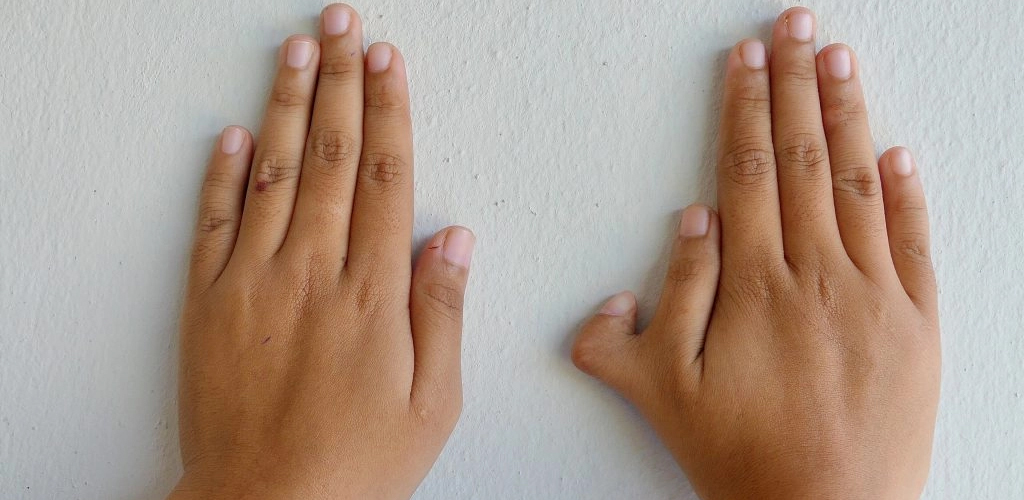Polydactyly: Presence of extra fingers or toes.
.png)

Congenital hand differences refer to variations in the structure or appearance of the hands that are present at birth. These differences can range from minor anomalies to more complex conditions. Understanding the types, causes, and management options for congenital hand differences is crucial for individuals and their families.
Polydactyly: Presence of extra fingers or toes.
Syndactyly: Fusion of fingers or toes, either partial or complete.
Clubbed Hand: Abnormal development leading to a club-like appearance.
Genetic factors and inherited conditions.
Environmental factors during pregnancy, such as exposure to certain substances or infections.
Developmental abnormalities in the womb.
Assessment of hand structure, flexibility, and range of motion.
X-rays or other imaging techniques to evaluate hand anatomy.
Physical and occupational therapy to enhance hand strength and coordination.
Customized prosthetics or orthotics for improved functionality.
Surgical interventions to correct anatomical abnormalities and improve function.
Surgical interventions to correct anatomical abnormalities and improve function.
Physical and occupational therapy to enhance hand strength and coordination.
Customized prosthetics or orthotics for improved functionality.
If you or your child has congenital hand differences, consulting with a pediatrician or a specialist in hand surgery is recommended. A thorough assessment will help determine the most appropriate interventions to support optimal hand development and function.